How an overdose prevention site will reduce public injecting
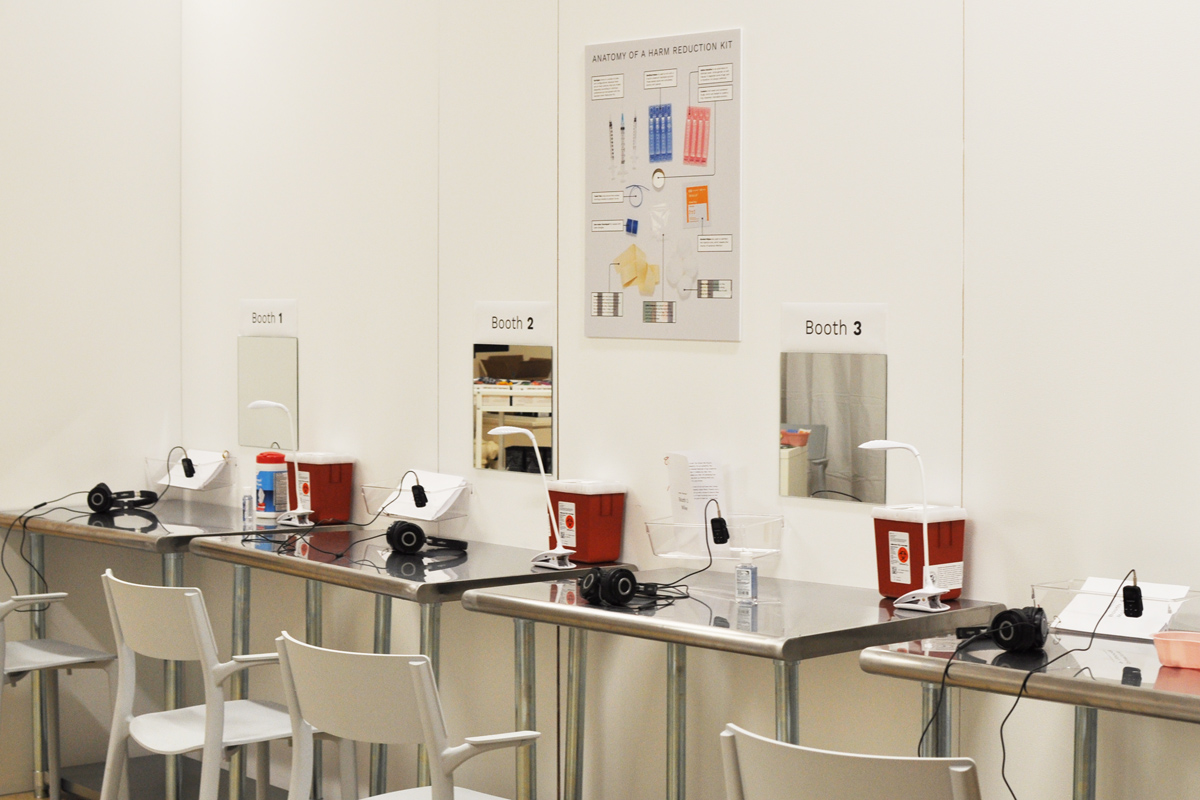
Public injection drug use in San Francisco is not a new issue, but it’s one that’s reaching new levels of concern by public health agencies, business owners and the general public alike. If you have spent time walking the city, you have likely seen the tell-tale signs of public drug use—improperly discarded syringes or drug use paraphernalia—if not people injecting or using drugs outright.
It’s not that people who use injection drugs enjoy doing so in public—more often than not people use in public simply because they have nowhere else to go.
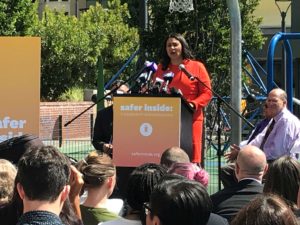
“Continuing with the status quo and just hoping that things will get better is not an option. Substance abuse is not simply going away because we don’t want to see it,” said San Francisco Mayor London Breed at a press conference in August.Pending the Governor’s approval of AB 186, San Francisco may soon be able to open overdose prevention facilities where people who inject drugs can do so in a clean, sterile environment away from the public eye and under supervision of trained professionals. How will these facilities change the landscape?
Fortunately, we don’t have to guess. San Francisco benefits from rigorous research on overdose prevention sites that have been operating across Europe and in Canada for many years. Numerous studies have shared the positive impact that overdose prevention facilities have on cities (not to mention disease transmission rates, the health of drug uses and rates of overdose).
Overdose prevention facilities decrease public injecting
Studies of Insite, an overdose prevention/safe injection facility (SIF) that opened in Vancouver in 2003, show that public injection significantly decreased in the area surrounding the facility after it opened.
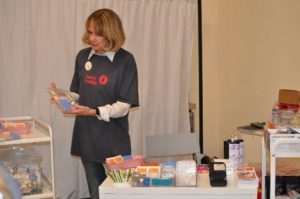
In a study conducted in the six weeks before the facility opened through the 12 weeks after opening, researchers measured public injection drug use, publicly discarded syringes, injection-related litter and suspected drug deals in the 10-block radius surrounding Insite. Specifically, ethnographers walked through pre-determined areas at set times to count instances of each during the study.
With more than 500 people visiting the facility after its opening, the researchers said it was “not surprising” that public injection significantly decreased in the weeks after Insite opened. During data collection times, the mean number of people injecting in public areas near the SIF every day fell from 4.3 before Insite opened to 2.4 in the weeks after opening.
“A commonly reported reason for public drug use is the lack of an alternative place to inject,” the authors said. “[People who inject drugs] who go to safer injecting facilities are often homeless or marginally housed.”
Reports from people who inject drugs as well as community residents bolster this finding. A separate study with people visiting an overdose prevention/safer injection facility in Copenhagen, Denmark, found that drug users themselves reported public injecting less frequently. More than half (56%) of people surveyed in the study said that they injected outdoors less often after the facility opened.
A long-term study of an overdose prevention facility’s impact in Australia found that residents and business owners noticed a similar impact on public injection.
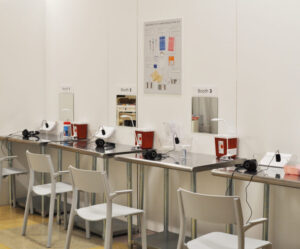
In Kings Cross, Sydney, telephone surveys were conducted with local business owners and residents before and in the years following the opening of an overdose prevention facility. There was a 50% decrease in the number of residents who reported observing public injecting in the past month from 2000 (before the site opened) to 2010. Similarly, the percentage of business owners who reported seeing public injection in the previous month declined from 61% before the facility opened to 22% ten years later.
This same study found that a majority (92%) of clients surveyed agreed with a statement that the facility “helped [them] to reduce injecting in public places.”
Overdose prevention facilities decrease improperly discarded syringes and injection litter in public spaces
Syringe access programs in San Francisco help ensure that people who use injection drugs have access to the supplies they need. Syringe access sites are also the top disposers of used injection equipment. But, used injection equipment too often winds up on sidewalks and in other public spaces. The good news is that overdose prevention facilities give people a convenient place to dispose of used injection equipment, which significantly reduces the amount of syringes and injection litter that wind up on the street.
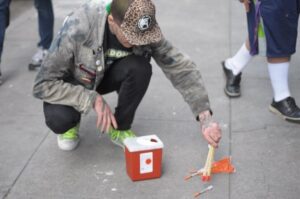
In Vancouver, researchers studying the impact of Insite found that the amount of improperly discarded syringes and injection litter decreased dramatically after the site opened. In the 10-block radius around the facility, publicly discarded syringes and injection-related litter dropped by about 50% in the 12 weeks after opening compared to the six weeks before opening: The mean number of discarded syringes dropped from 11.5 to 5.4, and the amount of injection litter from 601 to 310 (which were both statistically significant reductions).
Reports from people who use overdose prevention facilities support these findings. A study in Copenhagen found that people who used an overdose prevention facility reported significant changes in syringe disposal practices after they started using the facility. The percent of people surveyed who reported returning needles to the needle exchange or overdose prevention facility increased from 34% to 88%, and a large percentage of people surveyed (62%) reported that their syringe disposal practices changed from “not always disposing safely” to “always disposing safely.”
“Establishment of the [overdose prevention] facility has resulted in measurable improvements in public order,” said Evan Wood, MD, PhD and colleagues in an article describing Insite’s impact on the community. “This in turn may improve the livability of communities and benefit tourism while reducing community concerns stemming from public drug use and discarded syringes.”
Overdose prevention facilities do not increase drug-related crime or drug dealing
One oftentimes cited concern about overdose prevention facilities is that they will increase drug dealing, drug-related crime or other criminal activity in the area. Studies of crime data in areas before and after the opening of overdose prevention facilities refute this assumption—showing that these facilities do not lead to increases in drug dealing or other neighborhood crimes.
In Vancouver, a group of researchers analyzed Vancouver police data of the year prior to and the year after InSite’s opening. Rates of drug trafficking, assaults and robbery in the Downtown Eastside neighborhood remained steady and rates of vehicle break-ins and theft declined.
“Our overall findings suggest that the [overdose prevention facility] was not associated with a marked increase in drug-related criminal activity,” said Evan Wood, MD, PhD and colleagues.
A similar study of crime data from Kings Cross, in Sydney, found that rates of robbery, theft and drug dealing did not increase in the nine years after the overdose prevention facility opened. In fact, rates of robbery and theft fell dramatically in the neighborhood (similar to trends across Sydney). Rates of dealing cocaine, narcotics and amphetamines remained stable from 2001 to 2010.
“Overall, these analyses show no evidence that the [overdose prevention facility] has had a negative impact on property crime or incidents of drug dealing or possession in Kings Cross,” said Jacqueline Fitzgerald and colleagues.
An overdose prevention facility could save San Francisco millions
In an innovative mathematical modeling analysis, Amos Irwin, MD and colleagues compared the estimated cost of operating an overdose prevention facility in San Francisco to possible city savings. They asked the question: Would a facility in San Francisco be an effective and efficient use of financial resources?
The researchers used existing data from overdose prevention facilities around the world to estimate how many HIV and hepatitis C infections, overdose deaths, and skin and soft tissue infections could be averted with a single San Francisco overdose prevention site. They also estimated the impact a site could have on the number of people entering substance use treatment. These averted infections and benefits to health for people who inject drugs would provide a net savings of $3.5 million every year.
“Our cost-benefit analysis supports the establishment of an [overdose prevention facility] in San Francisco, as we find that it would significantly reduce costs associated with health care, emergency services, and crime,” the authors said.
—
Get involved
To be part of the San Francisco AIDS Foundation HIV Advocacy Network, and advocate for causes such as overdose prevention sites, text SFAF to 52886.
Sources
Fitzgerald, J. and colleagues. Trends in property and illicit drug crime around the medically supervised injecting centre in Kings cross: an update. Crime and Justice Statistics, 2010.
Irwin, A. and colleagues. A Cost-Benefit Analysis of a Potential Supervised Injection Facility in San Francisco, California, USA. Journal of Drug Issues, 2016.
Kinnard, E. N. and colleagues. Self-reported changes in drug use behaviors and syringe disposal methods following the opening of a supervised injecting facility in Copenhagen, Denmark. Harm Reduction Journal, 2014.
KPMG. NSW Health Further evaluation of the Medically Supervised Injecting Centre during its extended Trial period (2007-2011).
Wood, E. and colleagues. Changes in public order after the opening of a medically supervised safer injecting facility for illicit injection drug users. CMAJ, 2004.
Wood, E. and colleagues. Impact of a medically supervised safer injecting facility on drug dealing and other drug-related crime. Substance Abuse Treatment, Prevention, and Policy, 2006.










